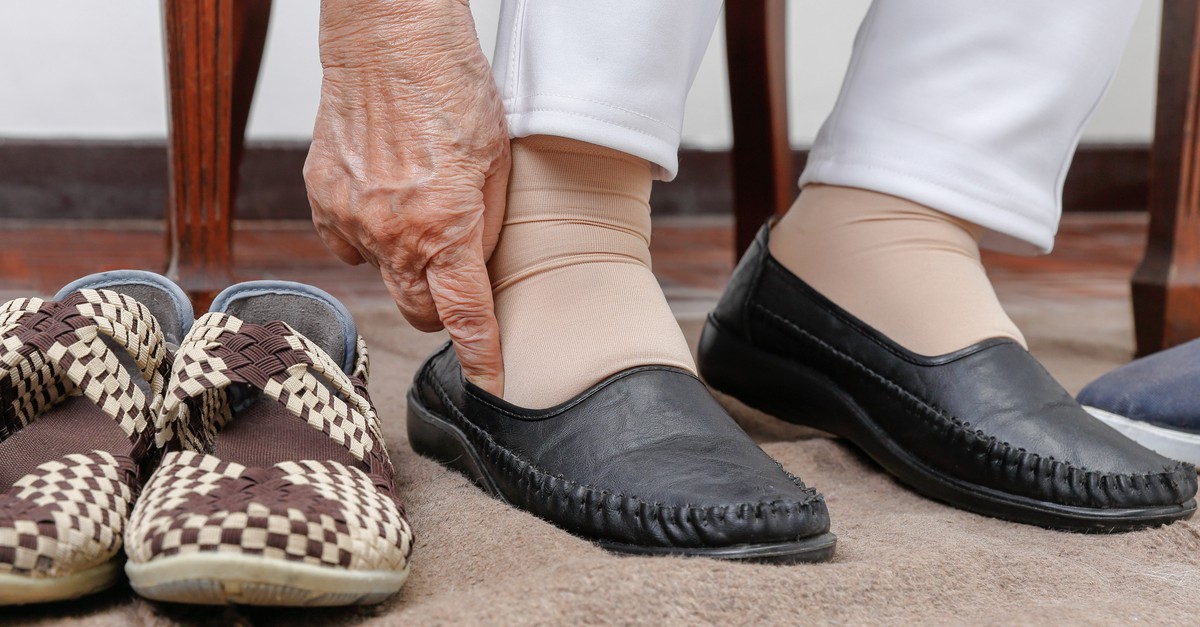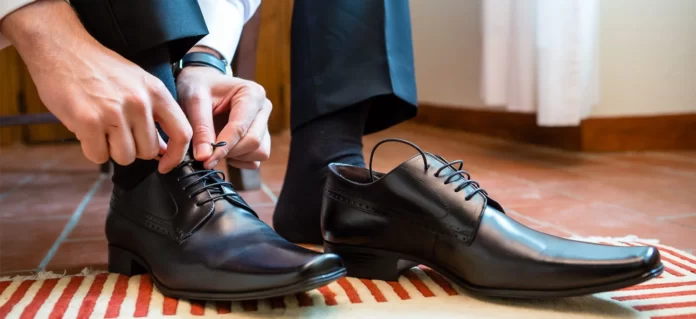Many people of different ages will experience changes in their feet over time. These changes can sometimes lead to the need for special shoes or other foot supports. Comfort is an important feature of older people shoes. For seniors with foot problems like arthritis or diabetes, good support and cushioning are even more crucial. Individuals who experience neuropathy in their feet will want shoes that protect them from pressure points and provide additional padding in sore areas. People with rheumatoid arthritis may also benefit from shoes that have contours to help relieve the pain caused by swollen joints.
Lightweight
Lightweight shoes are the best choice for older people, as they are more comfortable to wear and walk in. The lighter the shoe, the easier it is to walk in and wear. Many elderly people have problems with their joints and feet. These problems make it harder for them to get around and do everyday activities like walking or driving a car. Lightweight shoes can help reduce these problems by making walking easier for elderly people because they weigh less than other shoes, so there is less pressure on the feet and joints when moving around.
 Waterproof
Waterproof
Waterproof shoes are important for older people, as they protect against the elements. This can be very important in winter, when snow and ice may be present, but it is relevant in other seasons too. Walking outdoors, they might be stepping into puddles or running through creeks or rivers. Wet feet can lead to serious health problems such as chilblains and fungal infections in later life; waterproof shoes will help protect your feet from these risks.
Waterproof footwear could be essential for your safety and comfort if you walk a lot. They are suitable for all types of weather, so there is no need to worry about them becoming damaged by rain or snow that melts in contact with the ground.
Breathable
In the world of footwear, breathability is a term that describes how well the shoe lets air in and out of its construction. Breathable shoes are important for older people because they allow moisture to escape while at the same time blocking dirt and bacteria from entering. This can help prevent foot odour, which is especially important as you age since your skin loses some of its elasticity and becomes more prone to problems such as rashes and chafing.
Easy To Wear
When you get older, it becomes more and more difficult to put on shoes. You may have trouble bending down to tie your laces or standing for long periods. For this reason, it’s best to opt for a shoe that doesn’t require bending over or tying laces.
Instead, look for shoes with Velcro closures or slip-on styles so they can be easily removed and put on without hassle!
Support
Shoes for the elderly provide support to the feet, ankles and lower legs. They also help maintain the arches of your feet and support and stabilize your heel and ankle joints. In addition, they can help with knee and hip joint stability, along with your spine.
Some shoes also include built-in insoles that provide additional cushioning for comfort. These shoes come in various styles, including lace-ups or slip-on with elasticized sides which are easier to put on than normal shoes. Some styles come with Velcro fastenings which make them ideal for people who have difficulty bending down or tying shoelaces.
Increased Traction In Older People Shoes
Another important feature of older people shoes is traction. This keeps you from slipping and falling when walking, which is especially important if your floors are wet or slippery. Various features, including tread pattern, lug pattern, or studs can provide traction.
The tread pattern is the grooves and pattern of the soles of your shoes. The more tread, the better your traction will be in wet or snowy weather.
The lugged sole is a series of round or square protrusions on the bottom of your shoes, which provide extra traction. The more lugs, the better your traction will be in wet or snowy weather. Studs are small spikes attached to the bottom of shoes for additional traction in slippery conditions.
The Cushioning In Shoes Absorbs Shock.
Absorbs Shock And Minimizes Impact.
Foot pain is one of the most common health issues among older people. Many things, including joint damage, muscle weakness or arthritis can cause it. Your shoes should absorb some of the impacts from walking so that you don’t have to feel it in your feet as much. This can help reduce stress on your joints and help prevent injury or pain in the long run.
Protects Feet From Injury.
Suppose you’re active and like to maintain a healthy lifestyle by exercising regularly. In that case, wearing shoes that protect against injuries while exercising is important. A good pair of shoes will protect your feet from blisters, calluses and other injuries that may occur.
You Can Also Get A Wide Fit.
- Wide-fit shoes are designed for people with wider feet. They have a wider toe box than regular shoes, which allows more space for the toes and the foot. This can be beneficial for people with bunions as it prevents rubbing between their toes and can provide comfort when wearing certain types of footwear such as sandals, boots or heels.
- Some wide-fit shoes come with removable insoles that can be replaced if worn out over time. This is especially useful if you’re spending long periods walking each day; your feet will start to get sore after a while, so replacing the insoles will allow them to feel less uncomfortable when you wear your older person’s shoe again next time without having to buy new ones each time.
The Shoe Has A Sturdy Sole To Avoid Falls.
It is important to choose a shoe with a sturdy sole, as these soles will protect your feet from the impact of walking and standing. A sturdy sole also helps avoid slips and falls, which are common among older people as their balance deteriorates over time. Additionally, shoes with sturdier soles tend to last longer than other types of footwear.
You Should Also Take Into Consideration Shoe Straps Or Laces.
Straps are easier to use than laces and can be removed for washing. They also make it easy for you to take off your shoes when you want to. If you have arthritis in your hands or feet or find it difficult to bend down and tie your shoes, then straps are definitely the way to go.
Laces are more secure than straps, but they’re harder to put on and take off, and if one breaks, it means replacing them all, which is an expensive process that most people aren’t willing to pay for unless they have no other option available!
Conclusion
With the information we’ve covered, you should be able to make a more informed decision about which shoes are best for your loved one. Remember that every person is different and what works for one person may not work for another. If possible, try out some shoes before buying them or ask someone who knows about them.
Related Websites
Articles on Blogshunt
Articles on Blogseu
Articles on Blogspeoples
Articles on Thebigblogtheory
Articles on Allcityforums

